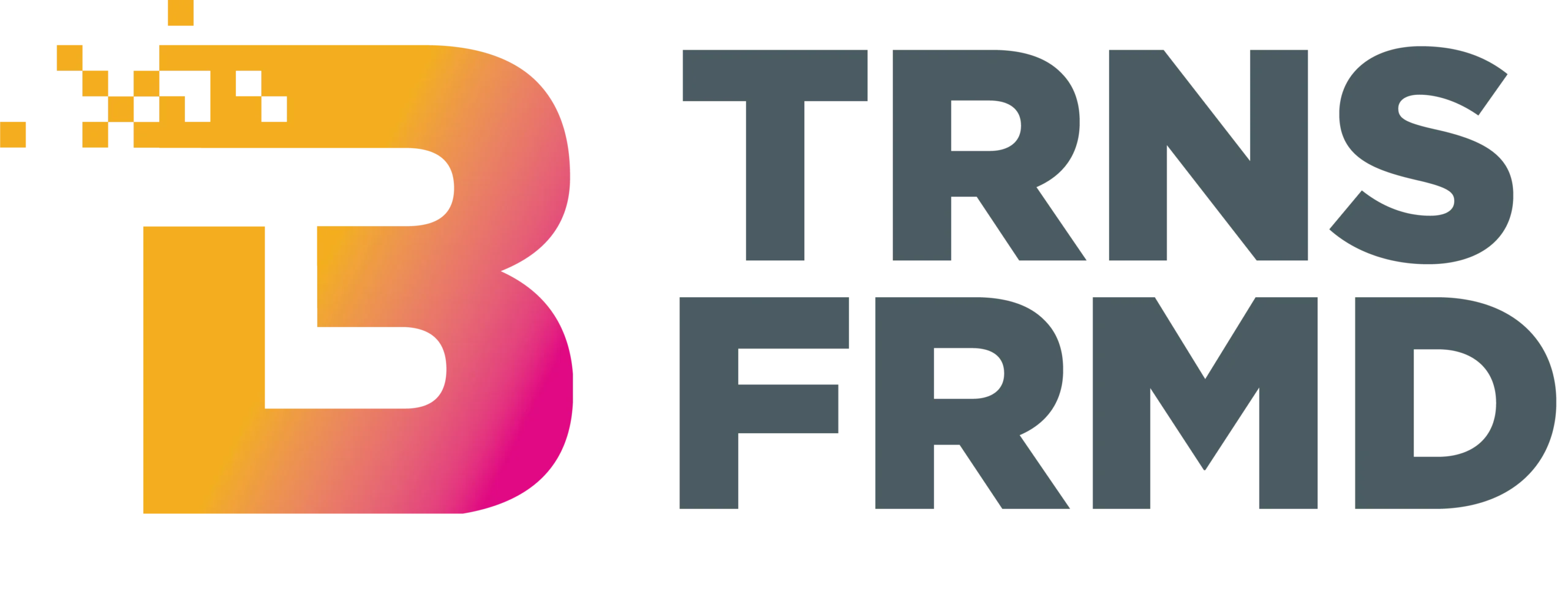Overlooking vital patient interaction and care parameters drives negative experiences. Providers with high patient-reported experience scores have higher profitability margin of 4-5%
Main ingredient of Patient experience is empathy, technology is just an enabler
Addressing decreased patient satisfaction, revenue loss from missed appointments, and high support costs.
Implementing omnichannel access, AI-based engagement tools, skill-based routing, and a Chat-GPT knowledge bank.
Aiming to reduce patient interaction costs by over 50%, enhance CSAT scores, and boost revenue through better appointment management.
Making Life Easy For
Focuses on enhancing healthcare revenue management. It
tackles challenges such as lost revenue from inaccurate
patient data and delayed billing, aiming to reduce processing
times by 50%.
Solutions include automated IVR/AI voice bots,
omnichannel messaging for patient data verification, and
automated data entry integrated with EHR/EMR/Billing systems.
The goal is to improve agent productivity by 30%, decrease
staffing costs by 20%, enhance CSAT scores by 40%, and
increase revenue through an efficient payment management
and appointment rescheduling.
Making Life Easy For
Addresses enhancing healthcare customer engagement
using AI and automation. Key challenges include quickly
addressing patient needs, efficiently handling queries,
optimal resource allocation, and maintaining consistent
engagement.
Solutions involve using ChatGPT for instant responses, AI
for predictive behavior analysis and personalized care, AI
chatbots for routine tasks, and seamless digital patient
engagement.
The goals are to increase revenue by 15-20% with AI
personalization, cut support costs by 30% with AI chatbots,
reduce operational costs by 25-30%, and achieve 82%
patient satisfaction with immediate AI responses.
Making Life Easy For
Addresses challenges like limited healthcare access in
remote areas, uneven distribution of medical resources,
regulatory hurdles, and building trust in virtual interactions.
The solutions include establishing robust telemedicine
infrastructure, training for healthcare providers, collaborating
with regulatory bodies, implementing user-friendly platforms,
and offering multilingual, culturally sensitive services.
The anticipated outcomes are improved healthcare access
for marginalized communities, more equitable distribution of
medical expertise, and a significant market growth in
telemedicine, projecting over $175 billion globally by 2025.
Making Life Easy For
Addressing decreased patient satisfaction, revenue loss from missed appointments, and high support costs.
Implementing omnichannel access, AI-based engagement tools, skill-based routing, and a Chat-GPT knowledge bank.
Aiming to reduce patient interaction costs by over 50%, enhance CSAT scores, and boost revenue through better appointment management.

Focuses on enhancing healthcare revenue management. It tackles challenges such as lost revenue from inaccurate patient data and delayed billing, aiming to reduce processing times by 50%.
Solutions include automated IVR/AI voice bots, omnichannel messaging for patient data verification, and automated data entry integrated with EHR/EMR/Billing systems.
The goal is to improve agent productivity by 30%, decrease staffing costs by 20%, enhance CSAT scores by 40%, and increase revenue through an efficient payment management and appointment rescheduling.

Addresses enhancing healthcare customer engagement using AI and automation. Key challenges include quickly addressing patient needs, efficiently handling queries, optimal resource allocation, and maintaining consistent engagement.
Solutions involve using ChatGPT for instant responses, AI for predictive behavior analysis and personalized care, AI chatbots for routine tasks, and seamless digital patient engagement.
The goals are to increase revenue by 15-20% with AI
personalization, cut support costs by 30% with AI chatbots, reduce operational costs by 25-30%, and achieve 82% patient satisfaction with immediate AI responses.

Addresses challenges like limited healthcare access in remote areas, uneven distribution of medical resources, regulatory hurdles, and building trust in virtual interactions.
The solutions include establishing robust telemedicine infrastructure, training for healthcare providers, collaborating with regulatory bodies, implementing user-friendly platforms, and offering multilingual, culturally sensitive services.
The anticipated outcomes are improved healthcare access for marginalized communities, more equitable distribution of medical expertise, and a significant market growth in telemedicine, projecting over $175 billion globally by 2025.

Discover how a fast-growing urgent care service provider enhanced its patient care services by leveraging Freshdesk Omnichannel solutions. Confronted with limited communication channels and inefficient workflow processes, the company, in collaboration with B-TRNSFRMD, implemented a robust digital strategy to streamline its customer experience.

Our complimentary CX assessment helps customer experience, IT & business leaders identify gaps and align strategies with technology to meet the organization’s unique objectives.
















